What are the different types of tent? And which one do I need for my camping trip?
An expert walks though the different tent types on the market, to help you find the right one for your needs

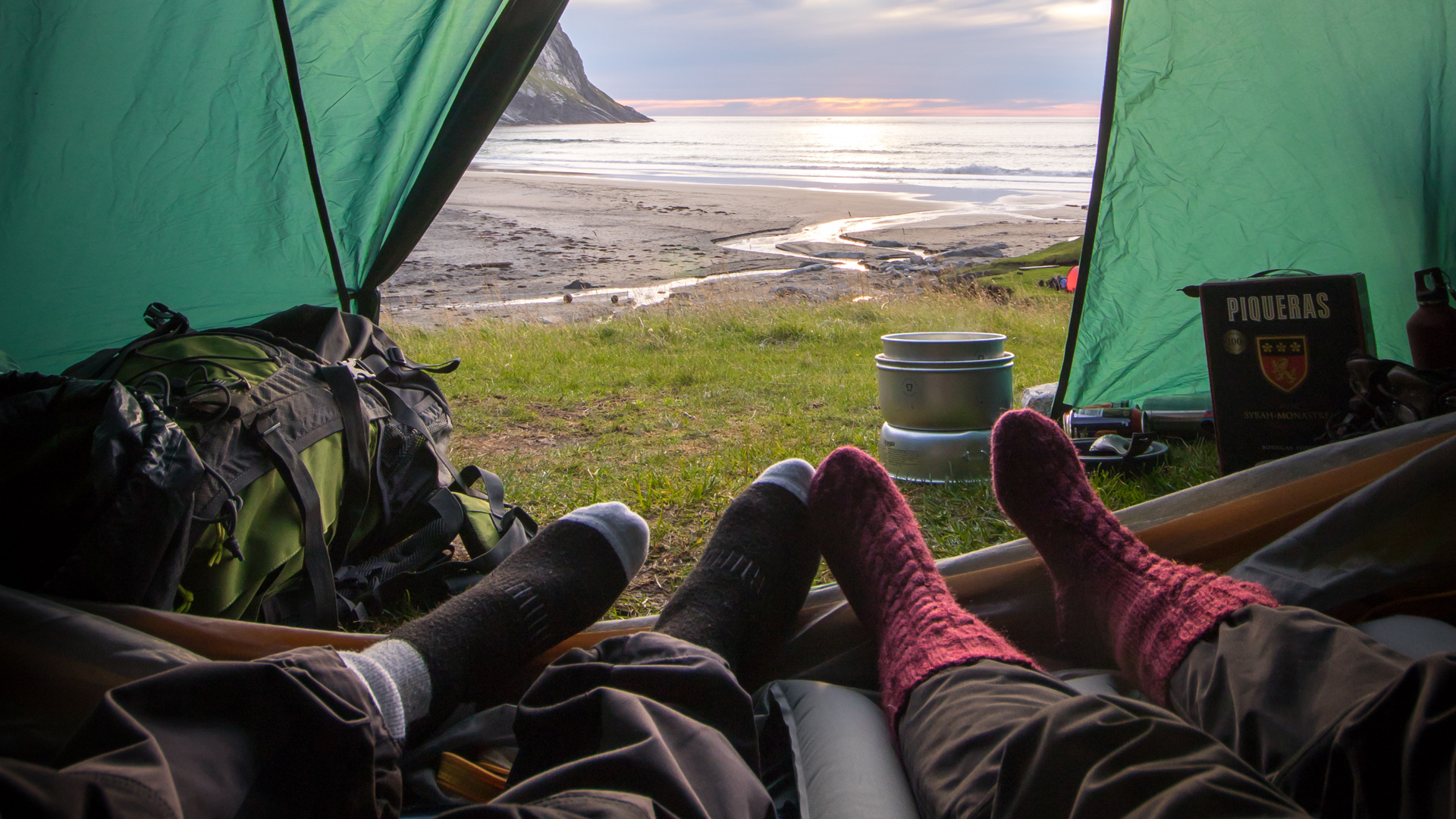
The weather is getting warmer, and that means many of us are starting to think about our summer holidays. Over recent years, more and more people have been discovering the joys of camping. If you're new to tent-based adventures, figuring out what kit you need can be tricky; the biggest investment you're going to need to make is a new tent (this can be pricey, so check out our tent buying tips to make sure you spend your cash wisely).
There are a range of different types to choose from, and the best tent for one kind of trip likely won't be well suited to a different kind of trip. “There are ideal tents for every situation and for every type of camper," says Jack Kelly, an outdoor expert at Millets. "Know which kind of camper you are!"
This guide is dedicated to explaining the different types of tents, so you can pick the right one for you. Let's take a look…
Dome tent
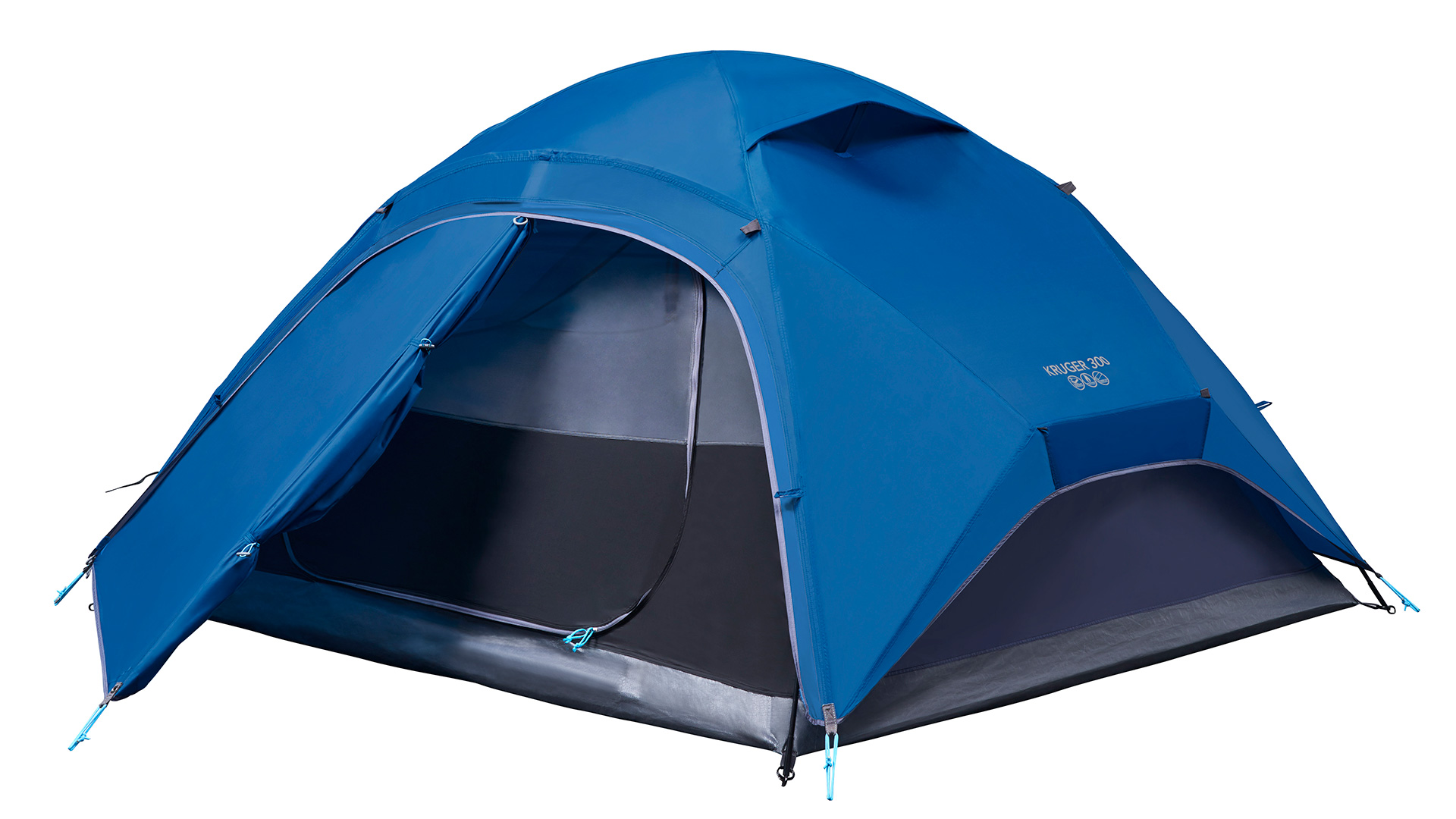
This is one of the most common types of tent, and it's made up of two flexible poles that cross over in the middle and touch the ground at their ends, to give a square footprint. Sometimes the flysheet will attach to the underside of the poles, but more commonly it sits on top, with an inner tent clipped inside. There is often also a small porch area to provide some storage space.
Dome tents tend to be relatively inexpensive and easy to put up and pack down, which makes them a good choice for casual campers. While they might look a bit like a geodesic tent, the structure is much weaker, and they won't stand up to really bad weather. While most will offer good headroom, they get more unstable the bigger they are, so these aren't suitable for big family groups.
“We recommend dome and frame / ridge tents for casual campers and low-level trekkers – these tents offer great internal space and are easy to pitch," says Jack.
Geodesic or semi-geodesic tents
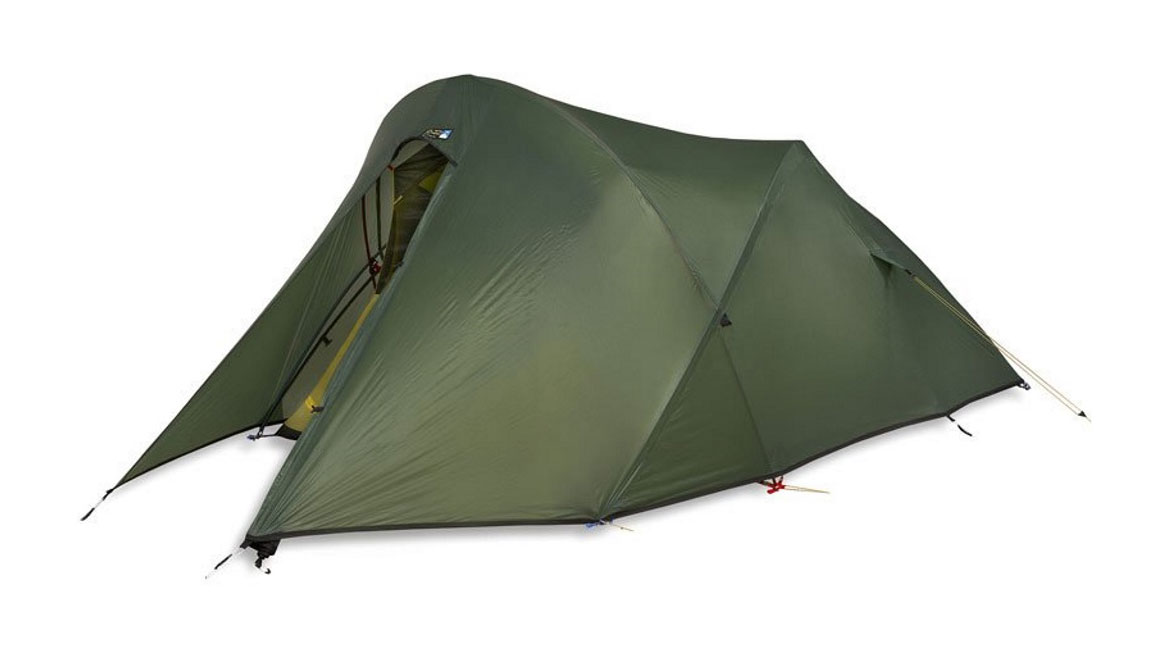
A geodesic tent is shaped like a dome or half-sphere, and is constructed using more than two poles, which cross over multiple times, to make a very stable structure. They're suitable for use in strong winds, and for this reason, most 4-season tents are geodesic – you'll find some examples in our best backpacking tent guide.
Get all the latest news, reviews, deals and buying guides on gorgeous tech, home and active products from the T3 experts
Semi-geodesic tents still include those crossover poles, but the front of the tent takes the form of a tapering roof. They're less stable than a full geodesic tent (but still pretty stable), and can be angled with their back to the wind to make the most of their strength. They're also typically lighter to carry.
“Backpackers who endure harsh weather are best suited to geodesic and semi-geodesic tents," says Jack. "These tents have crossing poles which create a freestanding shape and allow the tent to keep stable and rigid. Geodesic tents provide excellent protection against high winds. Semi-geodesic tents are ideal for less severe conditions."
Tunnel tents
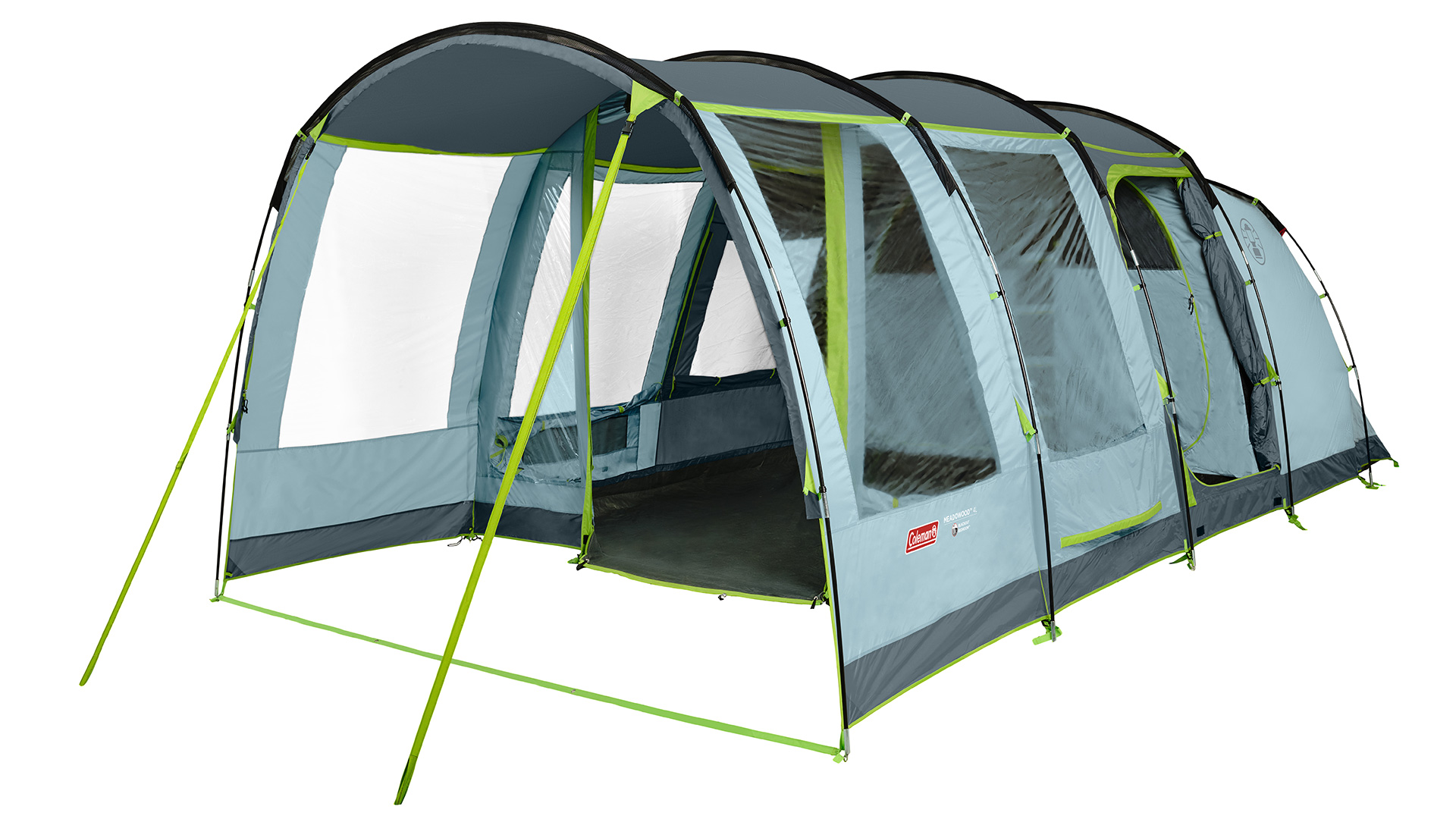
Another extremely common tent type is the tunnel tent. These are made up of curved poles that don't cross over one another, arranged to create – yes – a tunnel shape. “Families would benefit from the convenience of a tent with great internal space. Tunnel tents offer great internal space and have a very stable structure provided by arched poles," says Jack. Tunnel tents are more stable than dome tents, especially at larger sizes, although they rely on guylines to provide this stability.
Tipi (teepee) tents

A Tipi is a single-pole tent that forms a cone shape, and Jack says they're deceptively spacious. "For those looking for a more luxurious camping experience, we recommend the tipi/bell tent," he explains. "Tipi tents do not typically have inners so we recommend that you take your ‘glamping’ trips in the late spring to early summer."
Inflatable tents
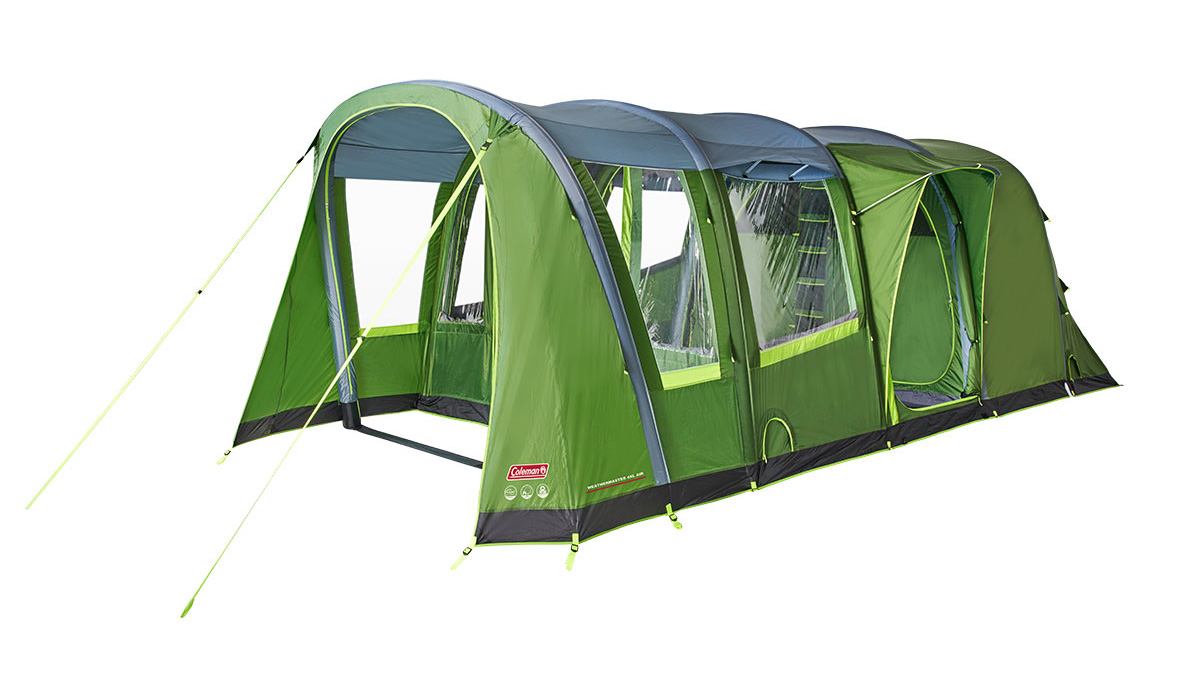
An inflatable tent is one in which the solid poles have been replaced by tubes that are pumped full of air to provide the structure. They're almost always in the tunnel tent style, and are increasingly popular with families and larger camping groups as they're very quick and easy to put up and down. They are currently pricier than traditional poles, though. Head to our best inflatable tent guide for our top picks, and make sure you don't confuse them with…
Pop up tents

Pop-up tents aren't pumped up. Instead, they have very flexible, sewn in poles that mean they simply pop into place when released from their carry bag. "Pop-up tents pitch in seconds and require next to no assembly. We also believe that they are easy to pack away – if you know the technique!" says Jack.
They're often very cheap, but approach with caution as this tent type has its drawbacks. "Whilst convenient, pop-up tents aren’t suited for all weathers," continues Jack. "Pop-up tents are often single skinned meaning they may not be as waterproof as other tents. Due to their lightweight nature, they may also be susceptible to damage."
These are typically a popular choice for festival-goers and play camping. Head to our best popup tent guide for the top options, or our best festival tent guide for a variety of options.
Ridge / A-frame tents
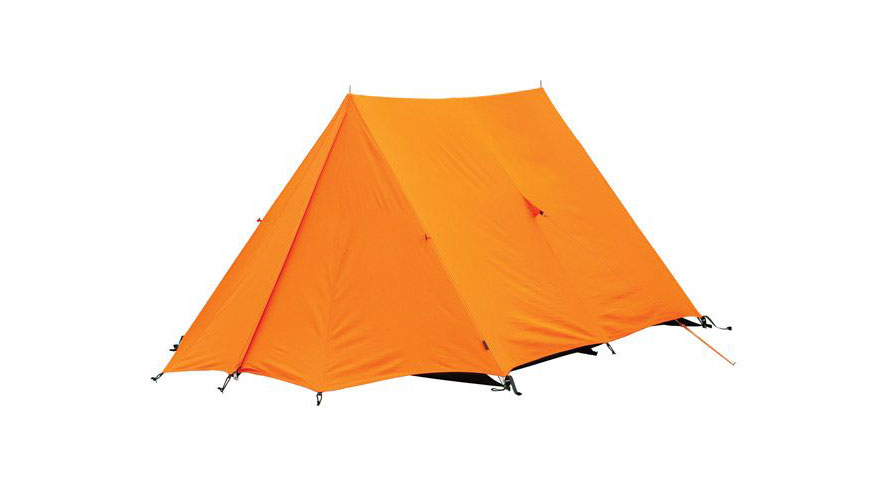
It's quite rare to see an A-frame tent these days, although they were once extremely popular. They're made up of a horizontal pole supported at each end by a vertical pole, over which the fly sheet sits. Stability comes from guylines. Jack recommends them for casual campers, as they offer good internal space, but be aware that they'll only really fit up to two sleepers – if you need more, the upscaled equivalent is the tipi, or even a bell tent.
For more info, Millets also has a tent guide to help you choose the right tent for you.

Ruth was T3's Outdoors and Wellness Editor from 2020 to 2022, covering hiking, camping and adventure sports kit, as well as mattresses, sleep accessories, yoga and general wellness. She's now a Homes Editor at sister site TechRadar, where she deals in all things air (vacuum cleaners, robovacs, fans and air purifiers), and hair (hair dryers, straighteners and stylers).